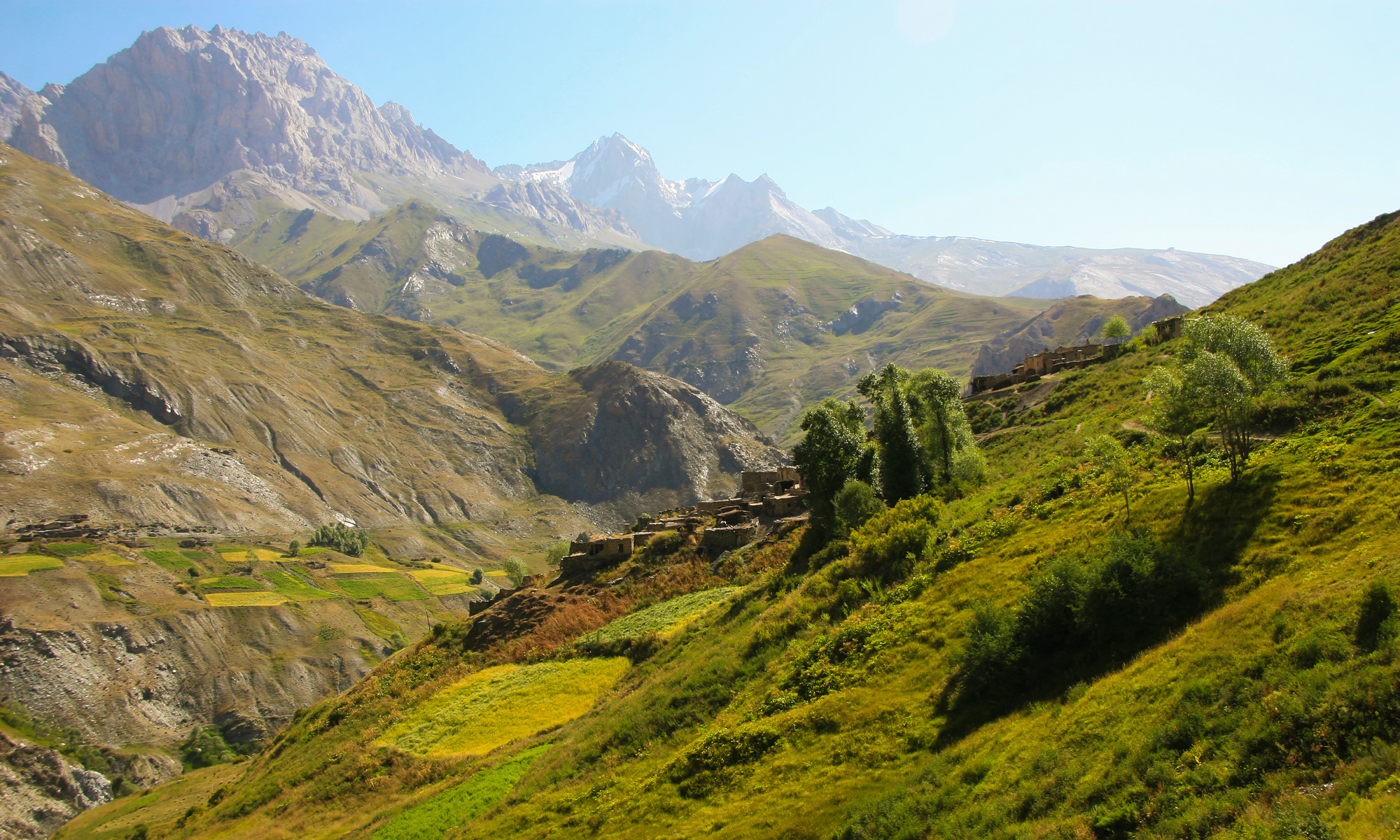In the mountains of northwestern Tajikistan, the Yaghnob Valley stretches across ancient passes and riverbeds, a place where language, history, and memory have persisted against the odds. But persistence alone cannot provide basic healthcare. For the Yaghnobi people—descendants of the Sogdians and speakers of a rare Eastern Iranian tongue—survival has long meant more than cultural resilience. It has meant living without access to medicine, clinics, or trained doctors.
Public health in the Yaghnob Valley is not just underdeveloped—it is fragile, seasonal, and in many places, absent. This is not simply the result of underfunding or bureaucracy. It is the outcome of a long history of displacement, neglect, and the profound challenge of geography.
The valley’s terrain is beautiful, but it is unforgiving. With villages scattered across steep elevations and few passable roads, travel during the winter months is difficult and sometimes impossible. The Yaghnob River, which nourishes the region, also divides it—cutting off entire communities when water levels rise. In most villages, the only way to reach help is by foot or donkey over several hours of rugged paths.
A survey conducted in 2007, included in the report Yagnob: Public Health, found that even the most populated villages had no functioning medical facilities. In some cases, local residents pointed to structures that had once served as aid stations—now empty, locked, or used for storage. The few health workers in the valley, often untrained, must cover large distances and lack even the most basic supplies.
The demographic imbalance is striking: elders outnumber children in many areas. Families who returned to the valley after decades in exile did so with the dream of rebuilding life—but found themselves aging without support. Chronic conditions such as arthritis, untreated injuries, or respiratory illness are common. For acute emergencies—appendicitis, childbirth complications, infection—there is often no recourse but prayer.
One of the most alarming findings in the public health report concerns maternal health. Nearly all births occur at home, and few, if any, traditional midwives remain. Women rely on older relatives and inherited knowledge to deliver children, sometimes alone or with improvised tools. Infections, bleeding, and death are not uncommon—but rarely recorded. There are no sterilized environments. Antibiotics are scarce. In many cases, complications are simply endured in silence.
One elder described the delivery of her last child with a kind of weary pride. “There was no one but my sister. She boiled water with mountain thyme. We used what cloth we had.” Her child survived. Not all do.
Water is drawn from the river or small hand-dug canals. Toilets are nearly non-existent—some villages share one or two for entire communities. The use of open space for defecation, combined with livestock movement and thawing spring water, leads to widespread bacterial infection. The health assessment notes frequent cases of diarrhea, especially among children, and skin conditions likely tied to contaminated water or unwashed clothes.
Because there is no access to testing, diagnostics, or medication, many illnesses are attributed to bad luck or spiritual imbalance. Some rely on herbs or smoke rituals; others go untreated. In this context, even minor sickness can spiral into a health emergency.
One of the quiet losses felt across the Yaghnob Valley is the absence of mid-level medical infrastructure. In Soviet times, there were mobile teams, clinics, and state programs for immunization and general checkups—even in remote areas. But following the mass deportations of the 1970s, that structure collapsed. When Yaghnobi families returned in the 1990s and 2000s, they found no system in place to help rebuild.
The younger generation, more mobile and often educated in the cities, frequently chooses not to return—citing lack of services, especially for children and elderly parents. This demographic drift further weakens the possibility of a functioning public health system. Even the most basic of needs—thermometers, antiseptic, vitamins—can become luxuries.
Illness in the Yaghnob Valley is not just a physical condition. It is, increasingly, a social and psychological one. When someone becomes sick, the burden falls on neighbors or kin. Often, a horse must be borrowed, food prepared by hand, water boiled. There are no ambulances, no pharmacies, no relief.
Yet even in this context, resilience persists. There are cases of villagers carrying the injured for hours across mountain paths. Women who gather medicinal plants based on remembered recipes. Elders who whisper prayers and use linguistic expressions rooted in centuries of belief: not “You will heal,” but “The mountain will release you.”
Still, good will cannot replace systemic care. The valley’s survival depends not just on cultural pride, but on support—thoughtfully delivered and locally guided. Health is not a separate concern from language, heritage, or identity. A culture cannot endure without healthy bodies to carry it forward.
Any efforts to support the Yaghnob Valley must begin by listening: to the villagers, to the geography, and to the needs already voiced in years of quiet endurance. Mobile clinics, local health training, clean water initiatives, and simple transportation improvements could transform lives—without eroding the community’s independence or identity.
